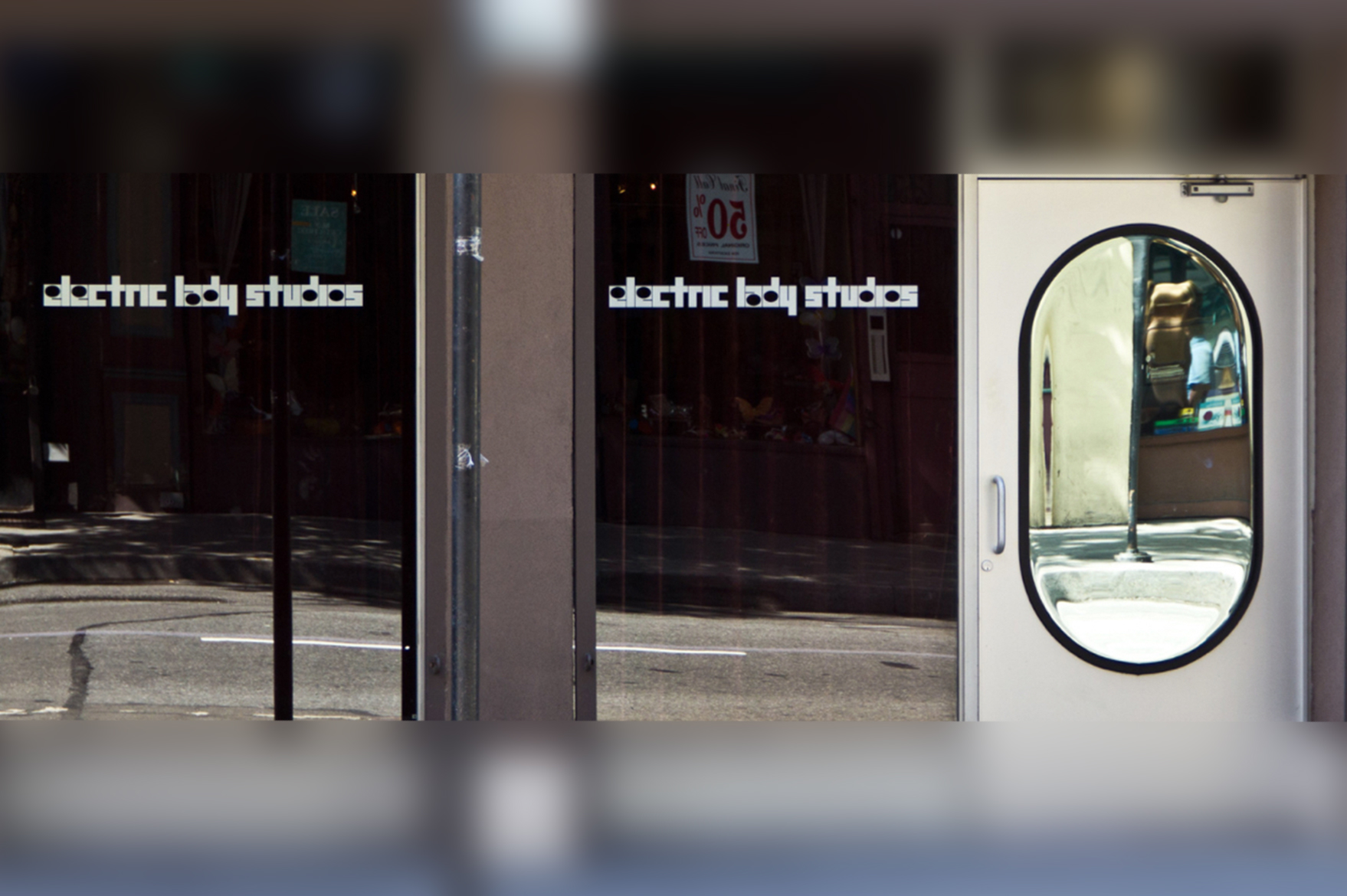Henna Wang is part of the team behind Gesso, a ‘guide to understanding the world through places and objects that shape society‘.
The sound walk The Last Eccentrics of Greenwhich Village is shortlisted for the Sound Walk September 2020 Awards, and highlights the history of New York’s Greenwich Village, the epicenter of New York City’s 1960s countercultural movement.
Below, Henna highlights some of the fascinating history of Greenwich Village.
When most people think of Greenwich Village, the first image that comes to mind is usually the iconic arch in Washington Square Park built between 1890 and 1892 and designed by architect Stanford White. From ghost stories to a symbol of Bohemia, the Washington Square Arch has quite the history.
In 1917, a group called the Arch Conspirators had a picnic, but it wasn’t an ordinary picnic with a bunch of students as you might see today. Members of this group included creatives such as poet Gertrude Drick and group leader, French artist Marcel Duchamp. This small group of artists made the arch their home, using its internal staircase to get to the top of the structure. They brought tea and blankets, indulged in the arch’s views of the city, and conversed about various creative and intellectual topics that crossed their minds. They declared the area the “Free and Independent Republic of Washington Square.”
This title was a testament to the groups of open-minded, imaginative, and revolutionary individuals and communities that would make Greenwich Village their home for years to come.
But there’s more to the Village than its iconic arch.
In 1911, one of New York City’s deadliest workplace disasters occurred here. On the corner of Washington Place and Greene Street, one hundred and forty six workers were killed by a catastrophic fire at the Triangle Shirtwaist Factory. Corruption in the garment industry prevented proper safety measures from being followed and even established in the first place. The workers, mostly immigrant women, had few options other than burning alive or jumping off the building in an attempt to stay alive.
Despite this tragedy and the sentiments of World War I that followed in the years after, Greenwich Village continued to build its reputation during the 1900s as a type of Bohemia for free-spirited, nonconformists. Those who wished to push the boundaries of conventional thinking brought attention to national issues. For instance, the headquarters of the National Association for the Advancement of Colored People raised a flag with the words “a black man was lynched yesterday” in order to raise awareness about oppression, racism, and violence that the black community was experiencing. The Village itself mimicked the rebellious nature and lack of conformity that was widespread among its residents and visitors. The layout of its streets refused to follow the standard Manhattan grid.
By the 1930s and into the 1940s, Greenwich Village solidified its reputation as an artistic hub, welcoming artists such as Jackson Pollock, Willem de Kooning, James Baldwin, and Marsha P. Johnson. Institutions like the Whitney Museum of American Art opened its doors, introducing more artists like Djuna Barnes and Edna St. Vincent Millay to the flourishing creative scene. The 1960s brought in relatively unknown singers who later became legends like Bob Dylan, who tested out songs on small audiences at Cafe Wha?, practically singing for free. During this time, Greenwich Village was not only becoming a welcoming place for artists but also beginning to form a strong LGBTQ community.
The strong presence of the LGBTQ community is associated with some of Greenwich Village’s most notorious rebellions: the Stonewall riots. Conflict between the police force and members of the Stonewall Inn’s queer patrons resulted in what some consider the inception of the LGBTQ rights movement. The Stonewall Inn still exists today as a fully functioning bar, a place “where pride lives,” as its website says. In fact, in 2016 President Barack Obama declared that this site where the riots began will be recognized in history as a national monument in honor of its contributions to LGBTQ rights. After the Stonewall Riots, Greenwich Village in the 1970s felt the effects of the Vietnam War, as protests took place. By the 1980s, activists responded to the AIDS crisis spreading through New York City. Rebellions were a core part of the Village’s rich history.
Today, whether you’re listening to musicians in Washington Square Park, passing by cafes and restaurants on MacDougal Street, or visiting the legendary Blue Note Jazz Club, Greenwich Village’s history can always be felt.
Henna’s whirlwind introduction to Greenwich Village in New York is the third in a series of the artists shortlisted for the Sound Walk September 2020 Awards talking about their work.


